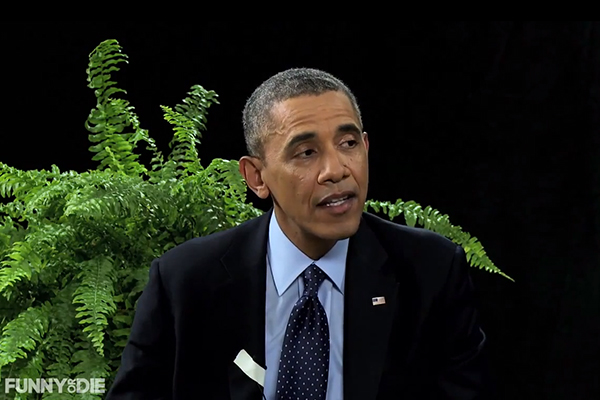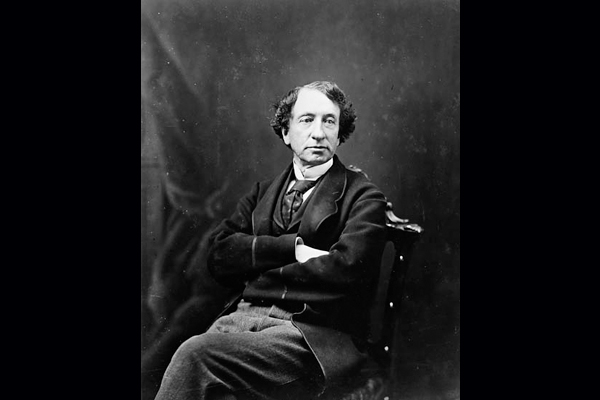Engaging with youth in new ways important for democracy
Photo courtesy of Youtube
On March 11, President Barack Obama joined the ranks of Bruce Willis, James Franco, Jennifer Lawrence, and many other celebrities as a guest on the online show Between Two Ferns with Zach Galifianakis.
While this was likely a nice break from the president’s routine interviews and a good public relations move, the appearance served a much more important purpose: to promote Obamacare to the American youth.
The video was criticized by many, but taking a new approach to communicating with youths is a necessary step in order to uphold the democratic process. The Canadian government should follow in Obama’s steps and figure out how to better engage young voters.
“How does it feel to be the last black president?” asked a straight- faced Galifianakis.
“Seriously? What is it like for this to be the last time you ever talk to a president?” Obama responded.
The president was able to show off his comedic side, taking a few jabs at Galifianakis before getting to his plug. He wanted a better way to engage with young Americans to encourage them to sign up for Obamacare through the website Healthcare.gov.
The online episode has reached more than 20 million views, making it one of the most viewed interviews in the series. More impressive, however, is that the interview accomplished its goal in driving traffic to the Healthcare.gov site.
But the Republican Party wasn’t amused, calling it a waste of the president’s time. Some called it undignified and a distraction from real political issues. Texas Republican Randy Weber accused the president of “playing celebrity.”
Despite what such critics say, the video was a move in the right direction for the president’s communication strategy. In the 2012 election, 41.2 per cent of people aged 18–24 voted, down from 49 per cent in 2008. With fewer than half of American youths engaging in political activity, it seems as though whatever tactic was used before definitely didn’t work.
Things aren’t looking much better in Canada. In the 2011 Canadian election, only 38.8 per cent of citizens between the ages of 18 and 24 voted. This is a small increase from 37.4 per cent in 2008, but not anything to boast about.
These low numbers are often attributed to a lack of political interest among youths, and in many cases a lack of knowledge about the political parties. Academics have noted that youths feel less attached to political parties and many have taken to demonstrations or protests as opposed to voting as a civic duty.
But perhaps what is keeping youths out of politics is the idea behind the criticism of Obama’s video — that men and women who hold office should only be involved in activities that hold a certain amount of “dignity.”
Political decisions seem foreign to us, as they have little effect on our day-to-day lives. If we did want to make a change, the miles of bureaucratic bullshit we would have to wade through is so indefinite that we don’t even bother stepping in. Why should we vote in a political system that doesn’t try to engage us? Or hear what we have to say?
Taking a new approach to communicating with the public is an important way to reach potential voters in an age where very few people are engaging in politics through traditional forms of media, like through television and newspapers.
I would love to see Justin Trudeau interviewed by George Stroumboulopoulos or Rick Mercer on YouTube, and I would pay money to see Stephen Harper in an interview like that, but unfortunately I don’t think it’s in the cards. For now, let’s applaud the politicians who are willing to try something new, and leave our criticism for those who are holding on to the “dignity” of their positions.





